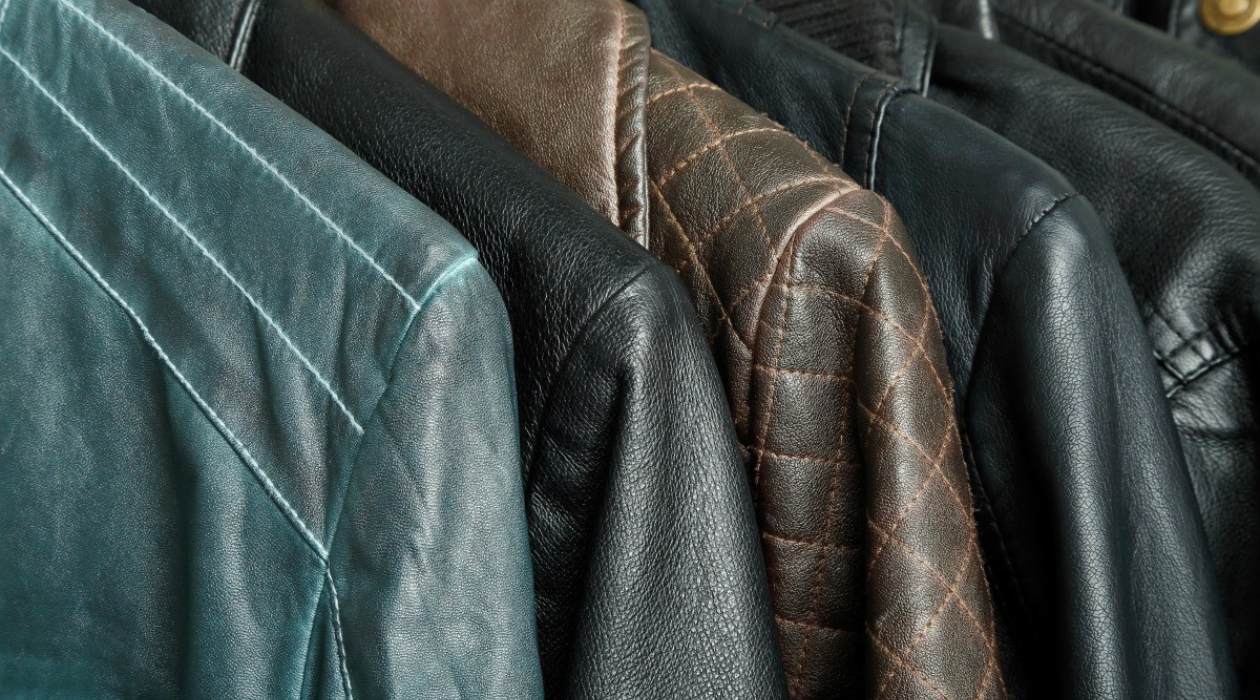

Articles
How To Store Leather Jacket
Modified: December 7, 2023
Learn the best practices and tips for storing your leather jacket to keep it in pristine condition. Read our informative articles on how to properly store and care for leather garments.
(Many of the links in this article redirect to a specific reviewed product. Your purchase of these products through affiliate links helps to generate commission for Storables.com, at no extra cost. Learn more)
Introduction
Leather jackets are timeless fashion pieces that not only add style to your wardrobe but also offer durability and comfort. Whether you’re an avid leather jacket collector or you have just invested in your first one, proper storage is essential to maintain the jacket’s quality and extend its lifespan.
Properly storing your leather jacket involves a combination of cleaning, conditioning, and careful placement to minimize damage and prevent deterioration. In this article, we will guide you through the step-by-step process of storing your leather jacket to ensure that it stays in optimal condition between wears.
Key Takeaways:
- Properly cleaning and conditioning your leather jacket before storage is crucial for maintaining its quality and longevity. Follow the step-by-step guide to ensure your jacket stays in optimal condition between wears.
- When storing your leather jacket, choose a suitable location, use a breathable garment bag, and protect it from moisture and pests. Taking these precautions will help preserve the integrity of your jacket, even during long-term storage.
Read more: How To Store Faux Leather Jacket
Step 1: Cleaning Your Leather Jacket
Before storing your leather jacket, it is important to clean it thoroughly to remove any dirt, oils, or stains that may have accumulated over time. Follow these steps to effectively clean your leather jacket:
- Inspect the jacket: Start by carefully examining your leather jacket for any visible stains, spots, or areas that need special attention. Take note of these areas and plan your cleaning process accordingly.
- Use a soft brush or cloth: Gently brush or wipe off any dust or dirt particles from the surface of the jacket using a soft-bristled brush or a clean, lint-free cloth. Be sure to cover all areas, including the collar, sleeves, and pockets.
- Spot cleaning: For minor stains or spots, create a mixture of mild soap and water. Use a clean cloth dipped in the solution to gently dab at the stained areas. Avoid scrubbing vigorously, as this can damage the leather. Afterward, wipe the area with a clean, damp cloth to remove any soap residue.
- Treating stubborn stains: For tougher stains, such as ink or grease, try using a specialized leather cleaner or a mild solvent recommended for leather. Before applying any cleaning product, test it on a less visible area of the jacket to ensure that it does not cause discoloration or damage the leather.
- Dry the jacket properly: After cleaning, allow your leather jacket to air dry naturally, away from direct sunlight or heat sources. Hanging it on a padded hanger or laying it flat on a clean towel will help retain its shape while drying.
Remember to always refer to the care instructions provided by the manufacturer or consult a professional leather cleaner if you are unsure about the cleaning process. By properly cleaning your leather jacket, you set a solid foundation for maintaining its quality during storage.
Step 2: Conditioning Your Leather Jacket
Once your leather jacket is clean and dry, the next step is to condition it. Conditioning is crucial to restore moisture and prevent the leather from drying out, cracking, or becoming stiff over time. Follow these steps to effectively condition your leather jacket:
- Choose a leather conditioner: Select a high-quality leather conditioner that is specifically formulated for the type of leather used in your jacket. Avoid using products with harsh chemicals or silicone-based ingredients, as they can damage the leather.
- Apply the conditioner: Pour a small amount of the leather conditioner onto a clean, soft cloth. Gently rub the conditioner into the leather using circular motions, ensuring that you cover all areas of the jacket. Pay special attention to any areas that are prone to dryness or cracking.
- Allow absorption: Let the conditioner absorb into the leather for the recommended amount of time specified on the product label. This allows the leather to soak up the necessary oils and nutrients to keep it supple and moisturized.
- Remove excess conditioner: After the conditioning process, use a separate clean cloth to wipe off any excess conditioner from the surface of the jacket. Be thorough but gentle to ensure that you do not strip away the conditioning oils.
It’s important to note that conditioning should be done periodically, not just before storing your leather jacket. Regular conditioning helps to maintain the leather’s natural oils and ensures it stays soft and flexible over time. By incorporating conditioning into your leather jacket maintenance routine, you can significantly prolong its lifespan.
Store your leather jacket in a cool, dry place away from direct sunlight and heat sources. Use a padded hanger to maintain its shape and allow it to breathe by covering it with a breathable garment bag. Avoid plastic bags, which can trap moisture.
Step 3: Storing Your Leather Jacket Properly
Now that your leather jacket is clean and conditioned, it’s time to store it properly to protect it from any potential damage or deterioration. Follow these steps to ensure your leather jacket remains in optimal condition during storage:
- Choose a suitable storage location: Find a cool, dry place to store your leather jacket. Avoid areas with high humidity, direct sunlight, or extreme temperatures, as they can cause the leather to fade, crack, or mold. A closet or wardrobe with proper ventilation is an ideal option.
- Use a breathable garment bag or cover: Invest in a breathable garment bag made from natural fibers, such as cotton or linen, to protect your leather jacket from dust and dirt. Avoid using plastic bags, as they can trap moisture and promote the growth of mold or mildew.
- Pack the jacket properly: Before placing your leather jacket in the garment bag, fold it carefully to avoid creasing or wrinkling. If you have a larger storage space, you can opt to hang the jacket on a padded hanger to maintain its shape.
- Avoid overcrowding: Ensure that there is enough space between your leather jacket and other items in your wardrobe or storage area. Overcrowding can lead to friction and potential damage to the leather.
By storing your leather jacket in a suitable environment and using the right protective measures, you can prevent unnecessary wear and tear and extend its lifespan. Remember to periodically check on your stored jacket to ensure it remains in good condition and reapply leather conditioner if needed.
Step 4: Protection Tips for Long-Term Storage
If you plan to store your leather jacket for an extended period, there are additional precautions you can take to ensure its protection. Follow these tips to safeguard your leather jacket during long-term storage:
- Keep it away from moisture: Moisture is the enemy of leather, so it’s important to keep your jacket dry during storage. Consider using silica gel packets or moisture absorbers in the storage area to prevent any moisture buildup that could lead to mold or mildew growth.
- Avoid folding for extended periods: While folding your leather jacket is suitable for short-term storage, prolonged folding can cause permanent creases and wrinkles. If possible, hang the jacket on a padded hanger to maintain its shape during long-term storage.
- Rotate the jacket occasionally: To prevent the formation of permanent creases in specific areas, rotate the jacket periodically within the storage area. This will help distribute the weight and pressure evenly across the leather.
- Check for pests: Regularly inspect the storage area for any signs of pests, such as moths or mice, which can cause damage to your leather jacket. Consider using mothballs or cedar blocks as a deterrent.
- Avoid storing in plastic or non-breathable materials: Plastic or non-breathable materials can trap moisture and prevent proper air circulation, leading to mold or mildew. Stick to breathable garment bags or covers made from natural fibers for long-term storage.
By implementing these protection tips, you can maintain the quality and condition of your leather jacket even during extended periods of storage. Remember to always check on your jacket periodically and take preventive measures to avoid any potential damage.
Conclusion
Properly storing your leather jacket is essential to preserve its quality, ensure its longevity, and protect your investment. By following the steps outlined in this guide, you can maintain your leather jacket’s excellent condition, even during periods of storage.
Cleaning your leather jacket thoroughly before storage helps remove dirt and stains, while conditioning replenishes moisture and prevents drying and cracking. Storing your jacket in a suitable location, such as a cool and dry place, using a breathable garment bag or cover, and avoiding overcrowding, further safeguards its integrity.
For long-term storage, remember to protect your leather jacket from moisture, avoid excessive folding, and rotate it occasionally to minimize creasing. Regularly inspect the storage area for pests and avoid using non-breathable materials to prevent mold or mildew growth.
By following these steps and taking proper care of your leather jacket, you can enjoy it for years to come. Remember to periodically check and maintain your jacket, reapplying conditioner as needed, and enjoy the timeless style and durability it brings to your wardrobe.
Frequently Asked Questions about How To Store Leather Jacket
Was this page helpful?
At Storables.com, we guarantee accurate and reliable information. Our content, validated by Expert Board Contributors, is crafted following stringent Editorial Policies. We're committed to providing you with well-researched, expert-backed insights for all your informational needs.

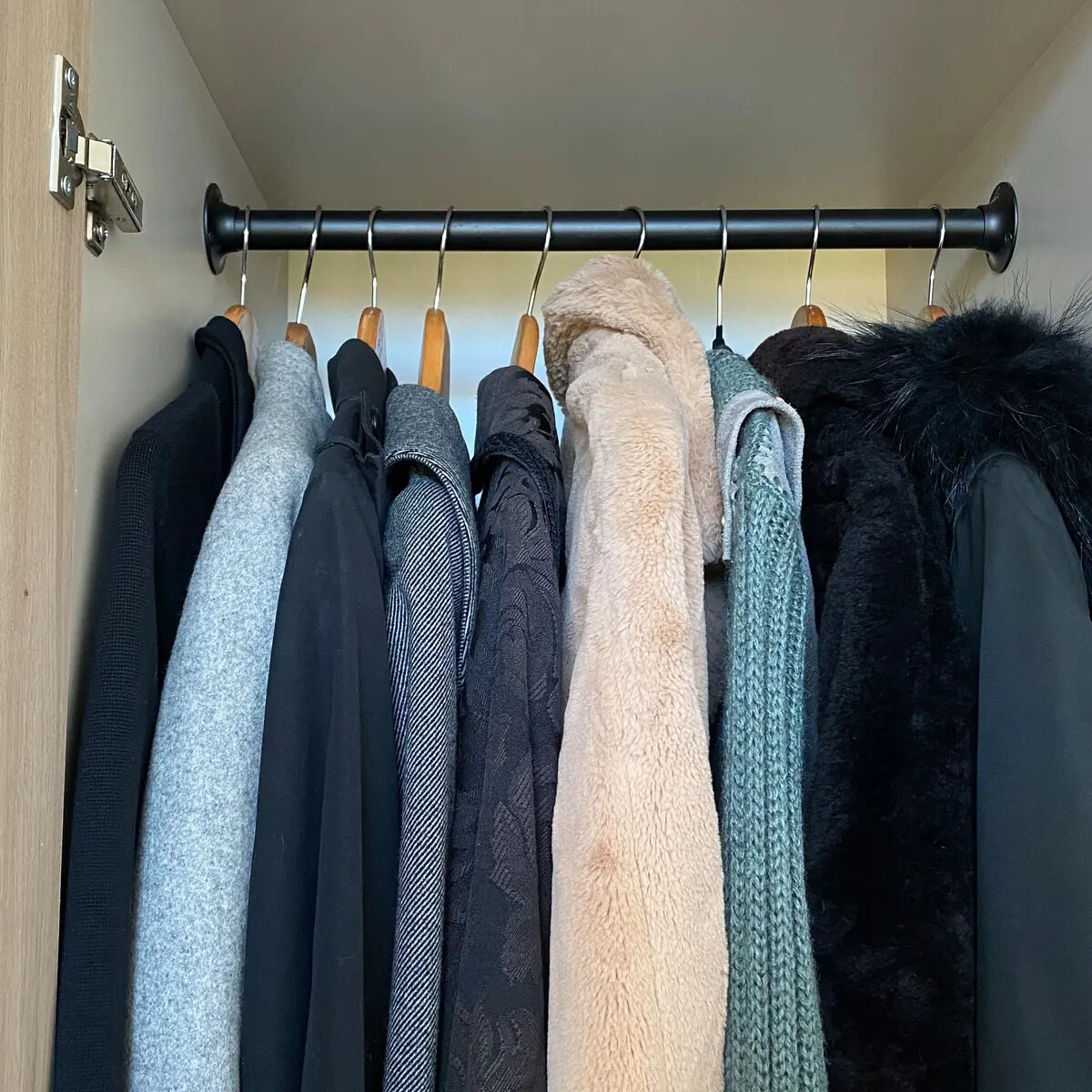

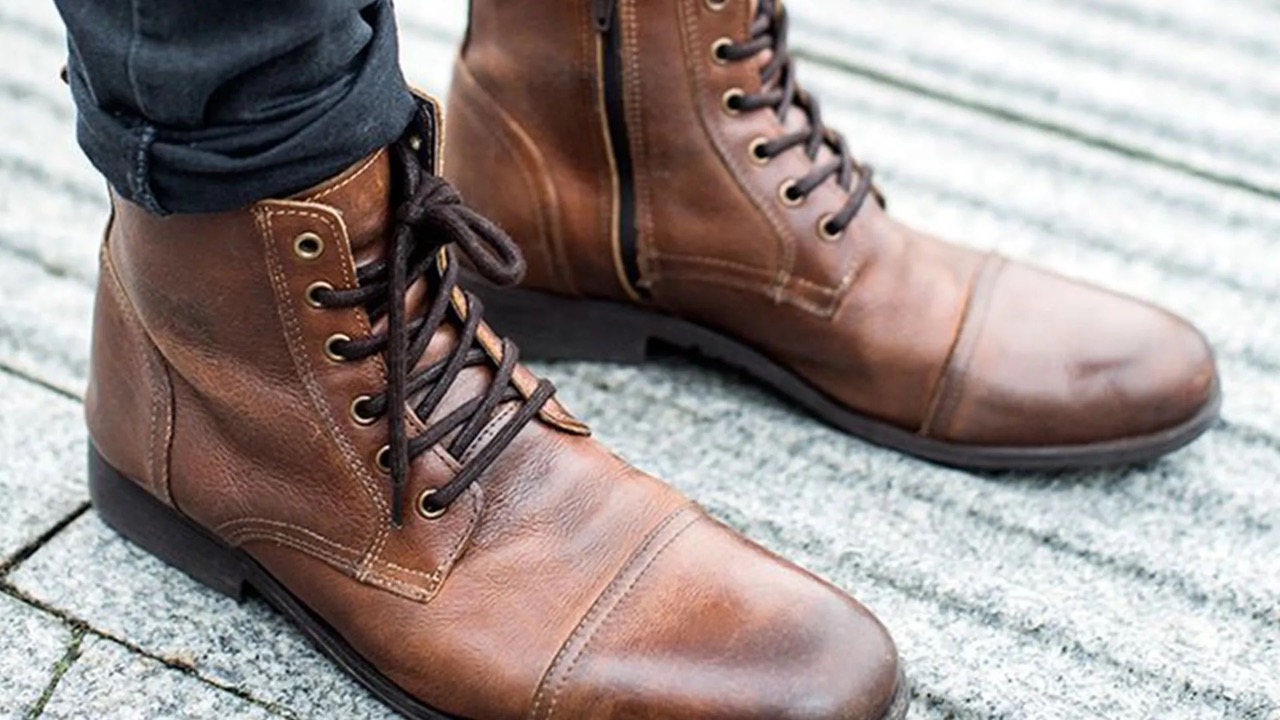
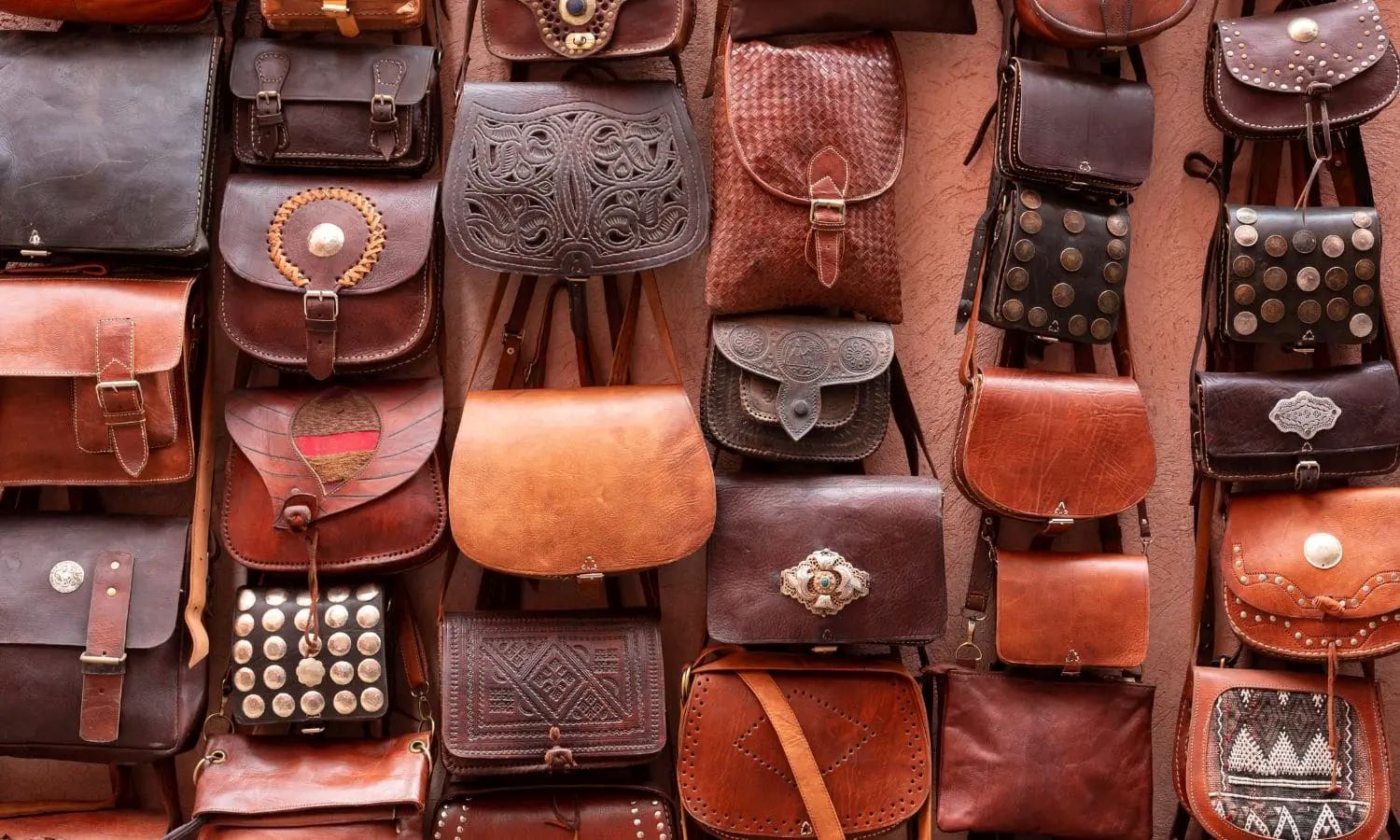
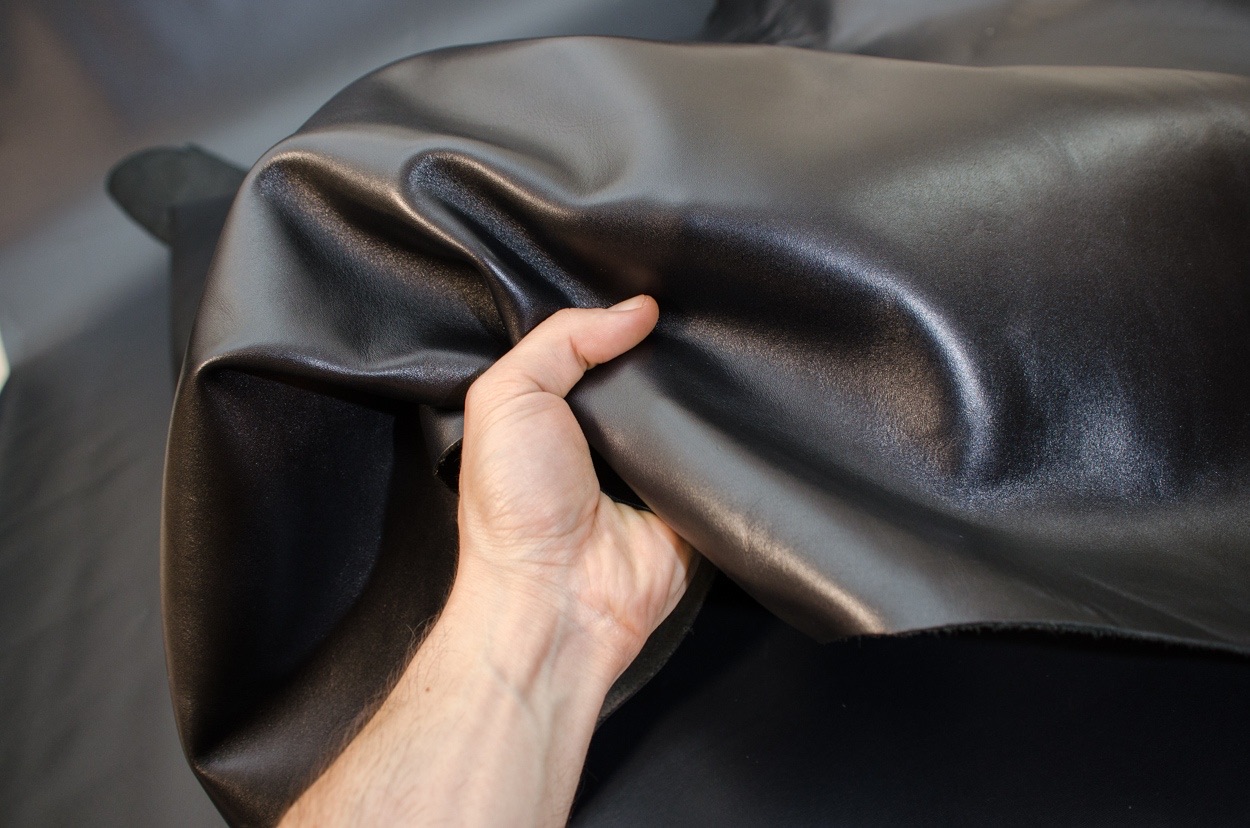
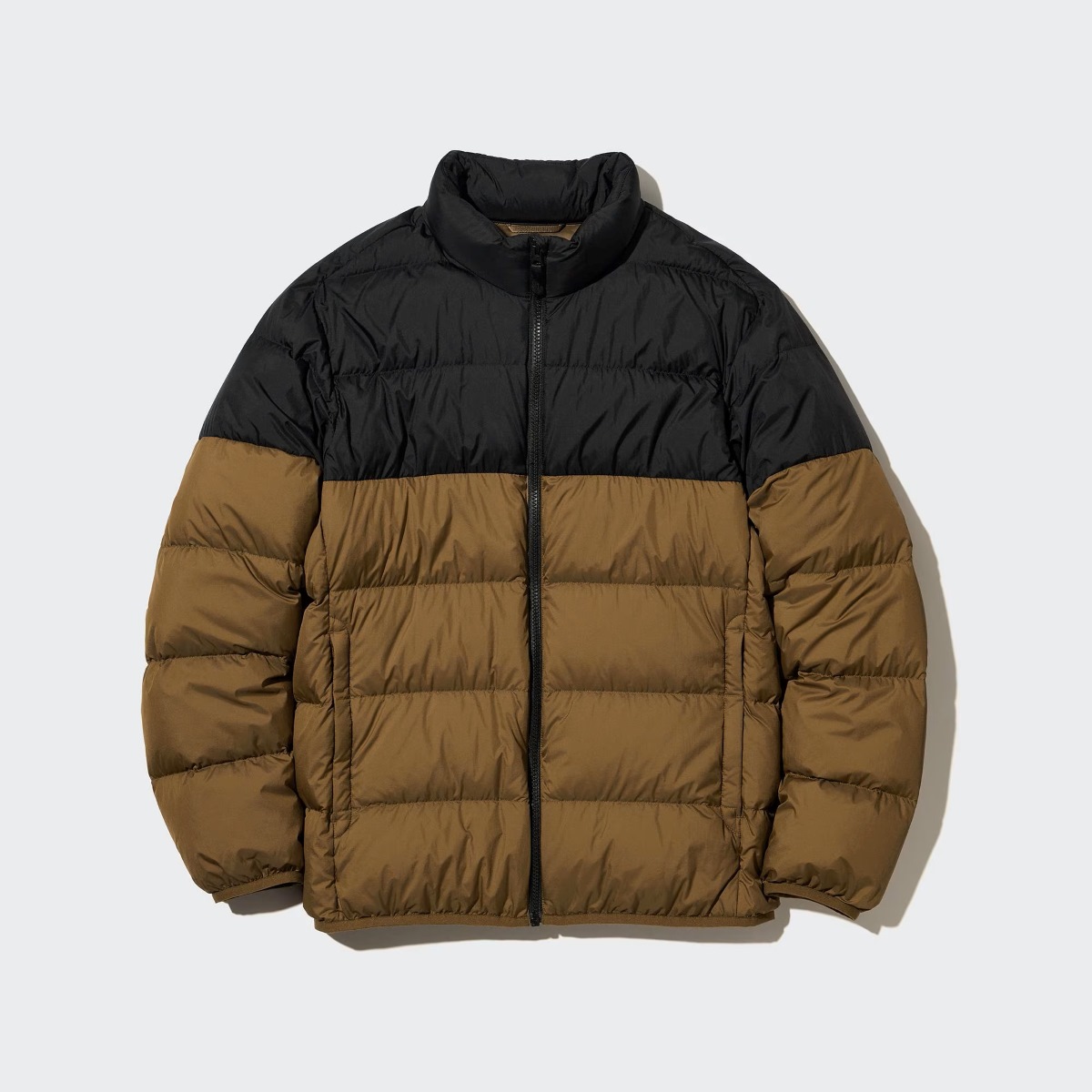
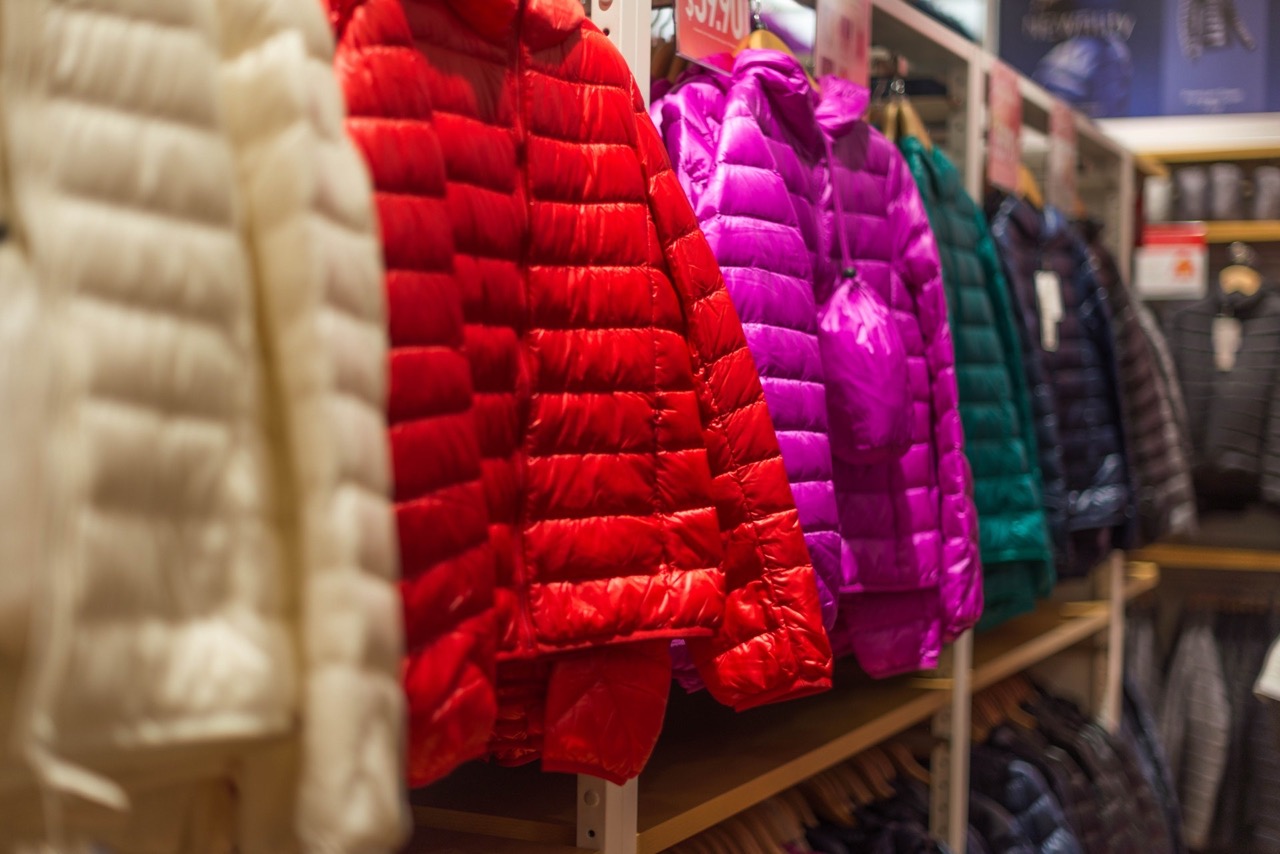


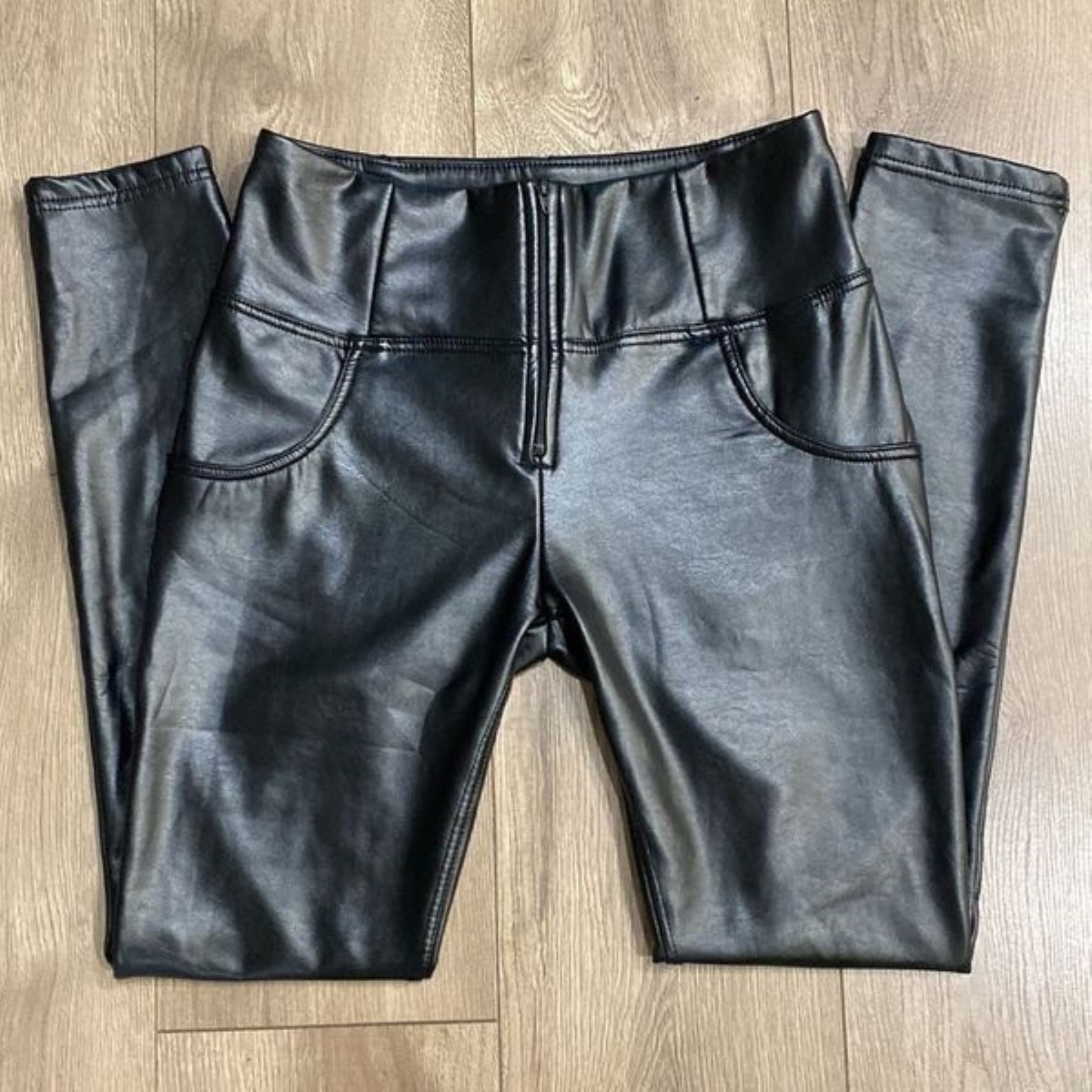

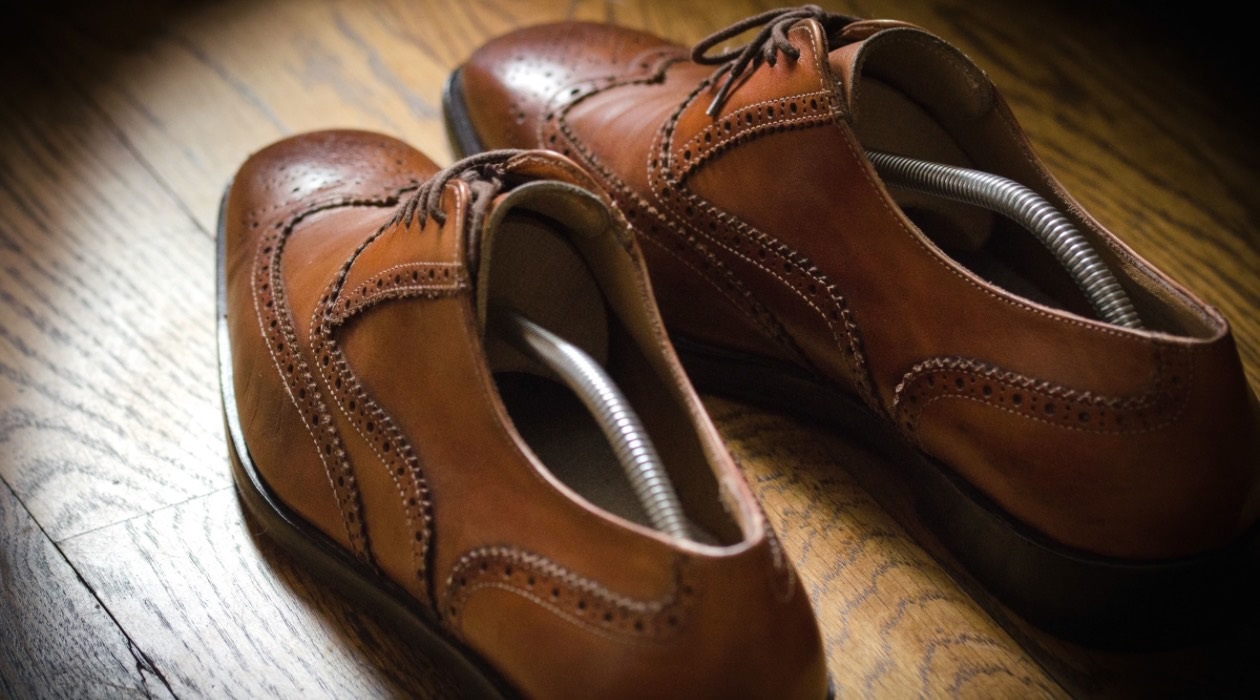


0 thoughts on “How To Store Leather Jacket”